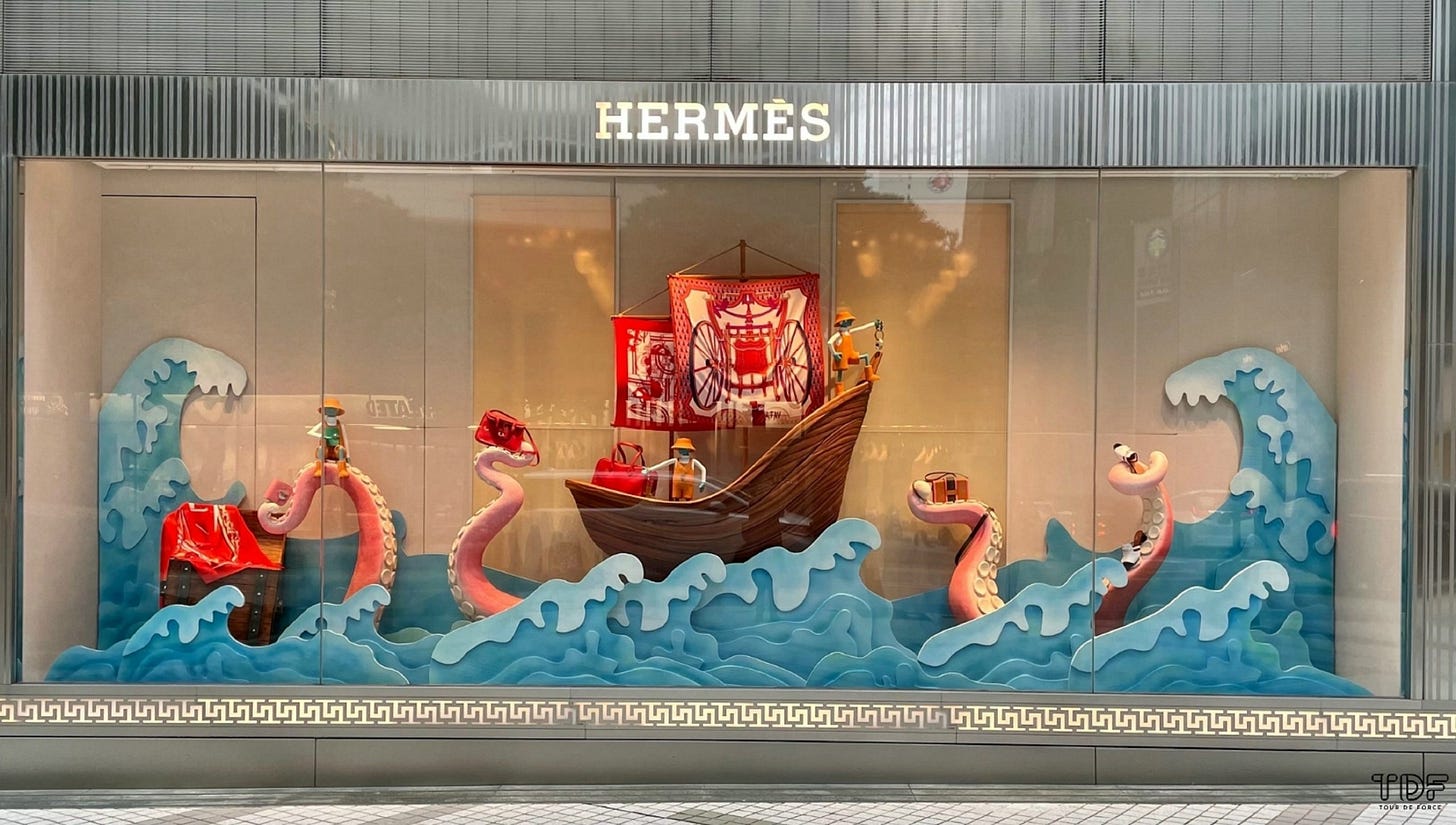Storytelling primer
How to combine brand, business, culture and heritage in a coherent content strategy
Welcome to the Sociology of Business. For those new here, in my last analysis, The Jacobs Effect, I considered quality as the competitive strategy, across industries. You can subscribe below, find my book The Business of Aspiration on Amazon and find me on Instagram and Twitter.
There are four strategic elements of brand storytelling. The first one is to consider what business is a brand in. Does it sell products? Offer services? Provide experience? All of the above? Something else? Break down and define what your company does to make money.
Then, outline what your brand stands for. What is its role in the world? What does it promise to its customers? How does it position itself differently than other brands in the category or in the market? Examples include a superior product quality, materials and fit; a brand’s timeless aesthetic; a brand’s timelessness and trendiness. They can also include prestige in being a member of the brand and/or recipient/subscriber to its services. Or, additional examples are the brand offering entertaining experiences, like its store windows or retail experience, video games (LV x Roblox) or shows (Telfar TV), or invite-only experiences like D&G Alta Moda, Prada Cafe, Alfred’s Club by Dunhill, or LVMH’s private client events.
Case study: Hermès
Hermès products successfully capture the moment of simultaneously being timeless and timely. They are always an interplay between the two opposites: “How much is this item relevant to the consumer today?” and “How much will this item be relevant to the consumer in 20 years?”
Hermès services, in addition to adhering to the expectations of excellence associated with luxury brands, provide its customers with exquisite taste: quietly elegant, elevated, but simultaneously playful and witty. Through its service, Hermès puts forward a point of view and a lifestyle that many HNWI are happy to emulate.
Hermès identity is carefully nurtured, crafted and evolving. It is not staid, instead, the brand heritage is constantly expressed in the modern way. Hermès advertising, visual merchandising and store experience all uniquely reflect the brand identity, which is inexorably linked to equestrian spirit.
Product content
The rest of this analysis, covering the specific types of product content, service content, and experience content and the strategic content rollout, cadence and frequency, are for paying subscribers only. To access it, please choose one of the paid subscription options below:
Keep reading with a 7-day free trial
Subscribe to The Sociology of Business to keep reading this post and get 7 days of free access to the full post archives.











